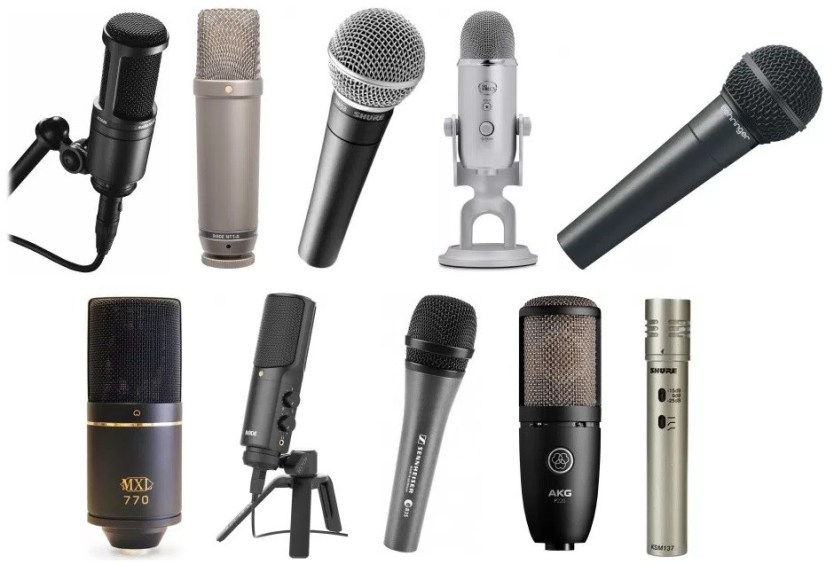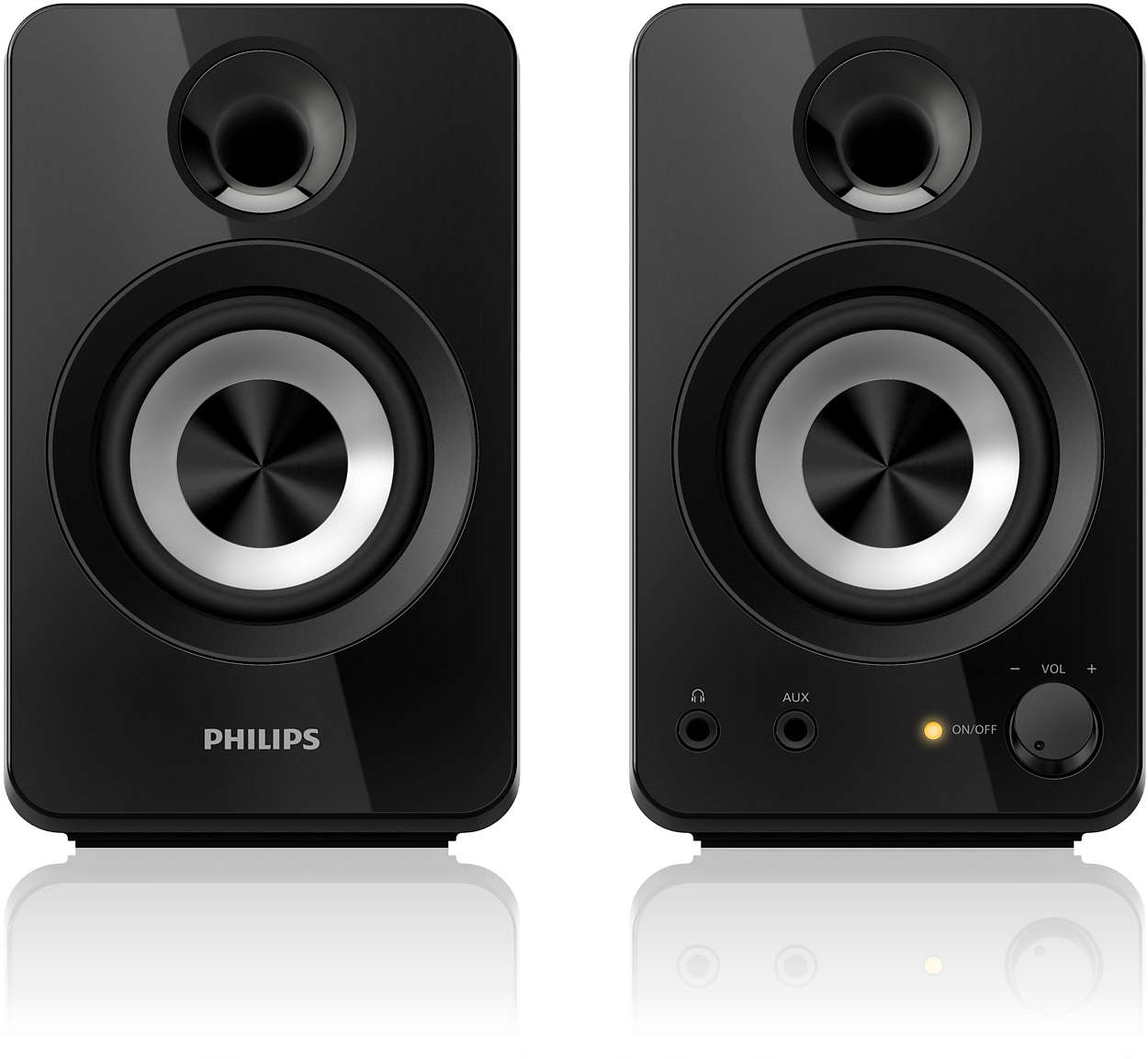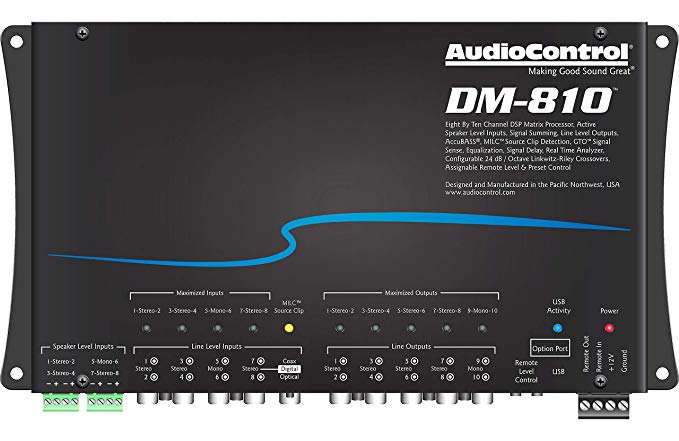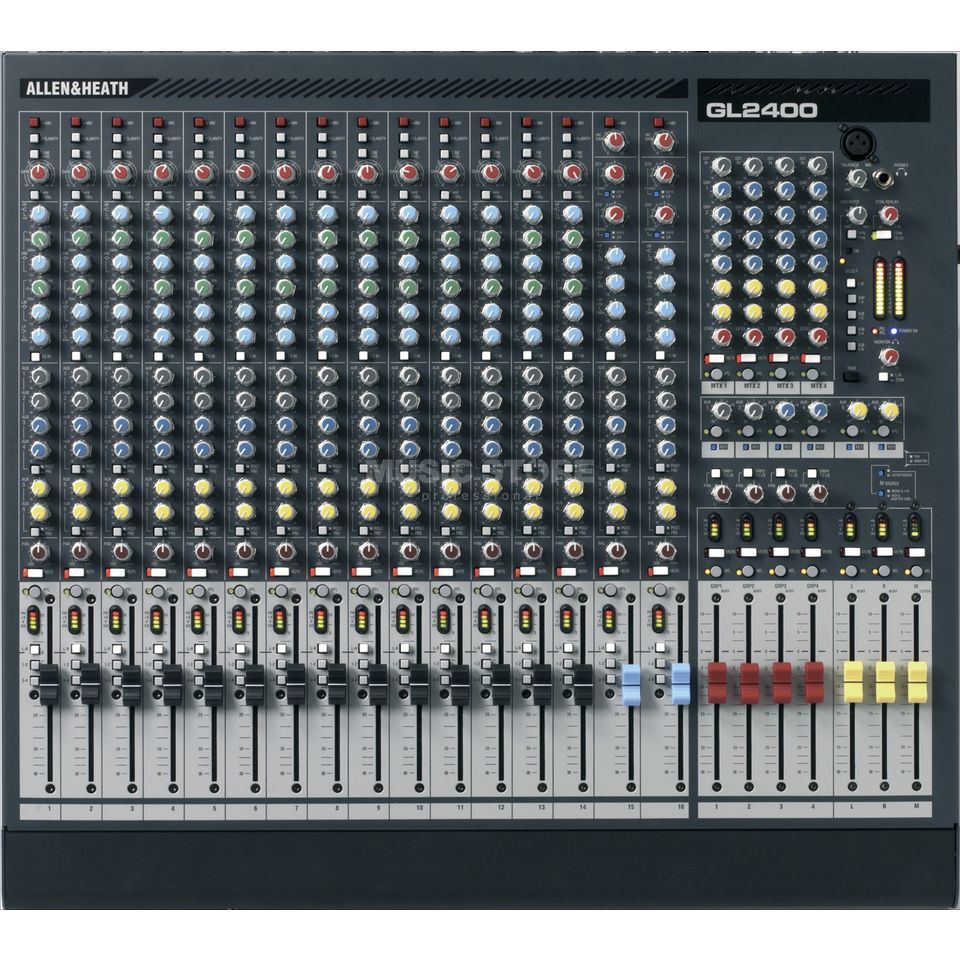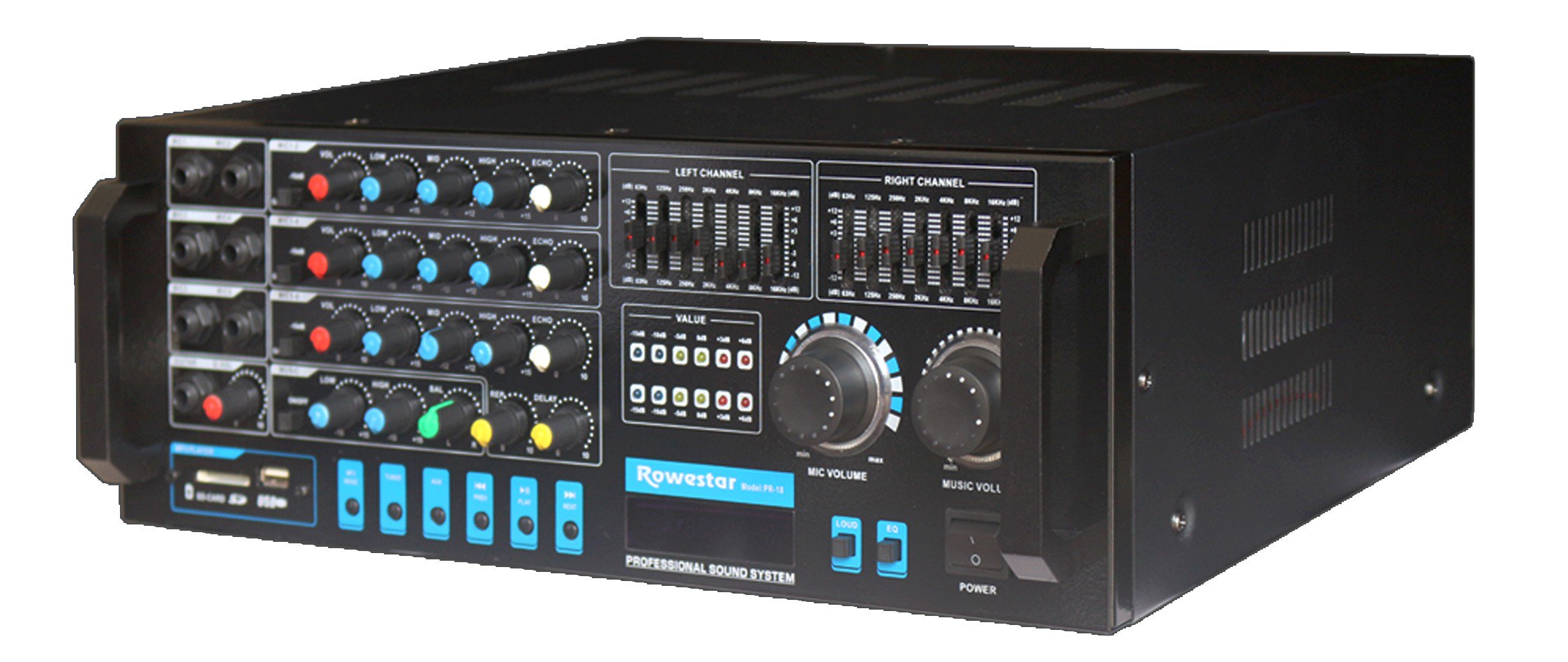We believe that the best audio system you will ever hear will be the one you’ll notice the least. A good audio system will allow every word to be heard, conversations to flow, and the only adjustment that you’ll ever want to make is to the volume.
When does an audio system become noticeable? It happens when people are leaning over to hear the conference call or becoming frustrated because the sound isn’t clear.
We know how to create audio systems that work. We make sure that everyone’s voice is crystal clear, whether they’re sitting at opposite ends of the same table or opposite ends of the world.
Expertly integrated microphones and speakers play a key role in maximizing sound quality. The type and number of both depend on the size and configuration of your room.






